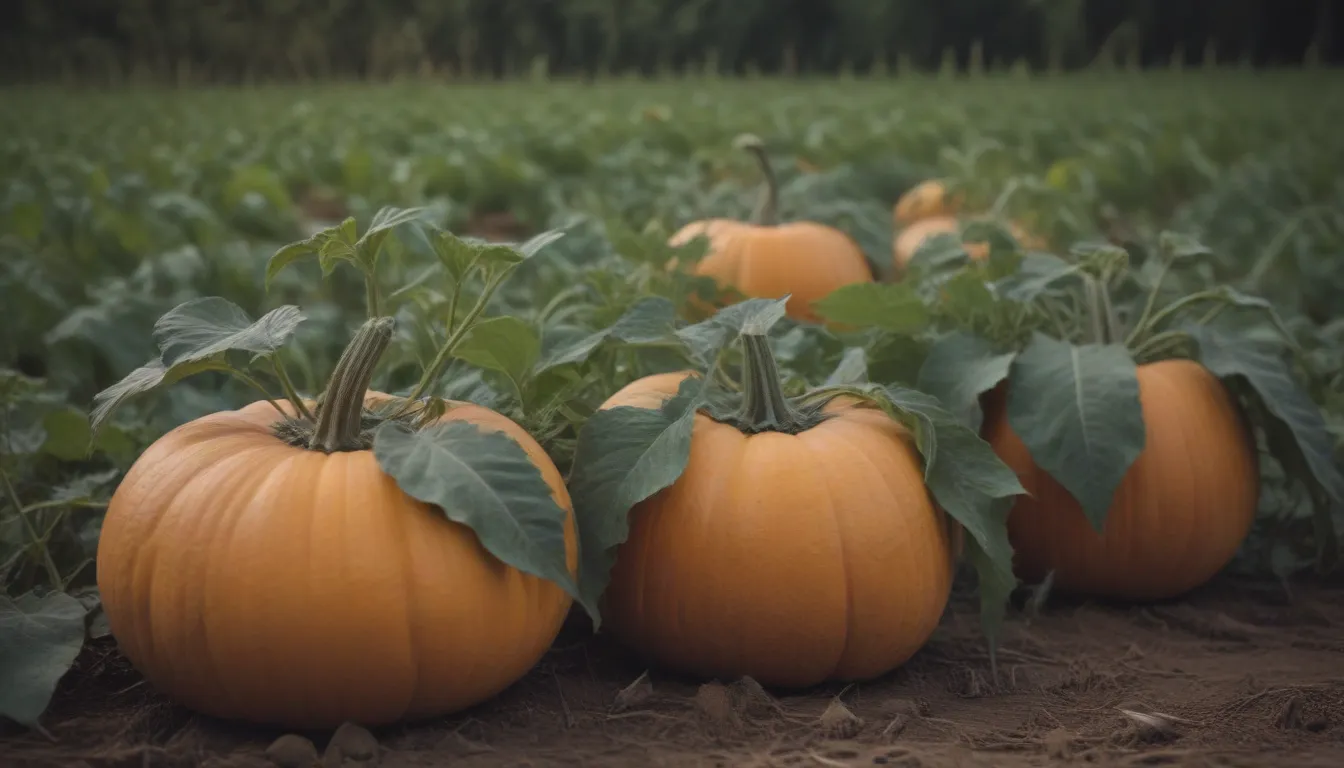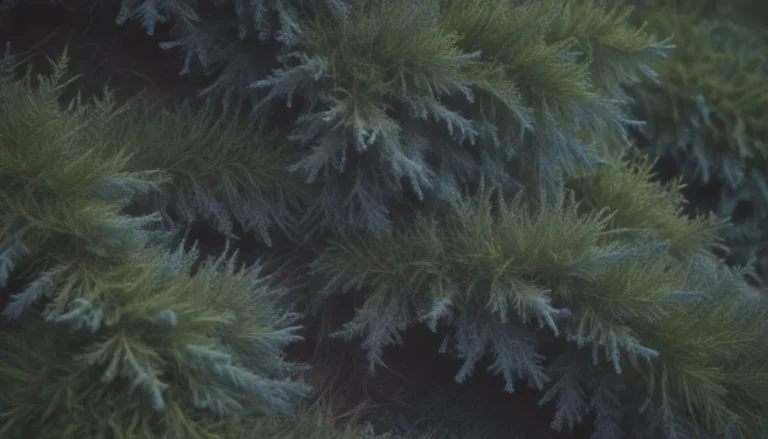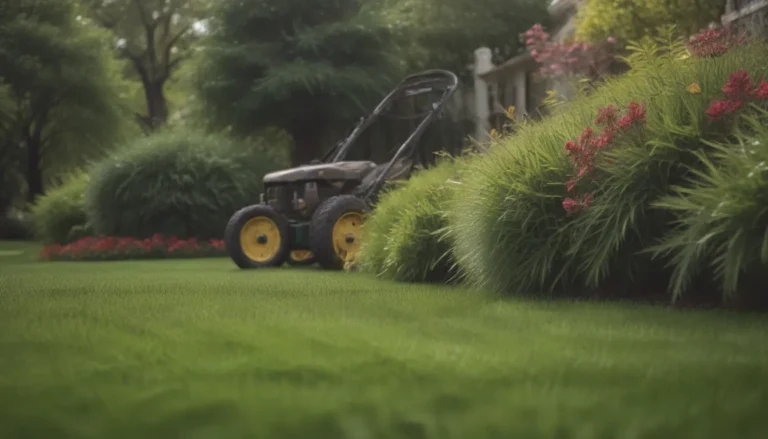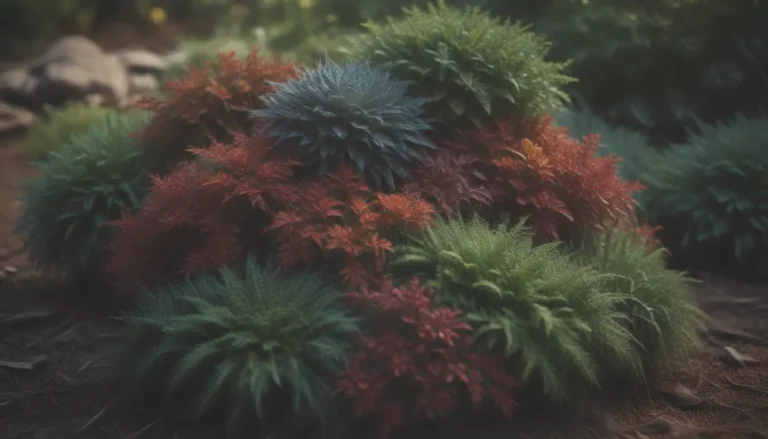Understanding Pumpkin Plant Stages: Tracking Your Pumpkin Plant’s Growth Journey

Are you eager to grow your own pumpkins? It’s a rewarding experience that not only provides a delicious and nutritious food source but also adds beauty to your garden and supports local wildlife. However, if you’re new to pumpkin cultivation, you may not be familiar with the different stages of growth your pumpkin plant will go through. Not to worry – we’ve got you covered!
Let’s Take a Look at the Journey:
Growing pumpkins is a fascinating process, and understanding the various stages your pumpkin plant will go through can help you nurture it effectively. From germination to harvest, here’s a breakdown of how far along your pumpkin plant is:
Germination:
Once you’ve planted your pumpkin seeds, it typically takes between five to ten days for germination to occur. The first sign of growth is when the green material of the plant emerges from the soil as a tiny seedling, eagerly reaching for the sunshine.
First Leaves:
The initial leaves that appear on the seedling are small, oval-shaped leaves that resemble bean sprouts. These are known as embryonic leaves and provide essential nutrients for the developing plant. Over time, these tiny leaves will grow larger and eventually transition into true leaves, signaling further growth and development.
True Leaves:
True leaves start to emerge between the two embryonic leaves, growing directly from the center of the stem. This stage usually occurs about a week after the formation of the first two leaves. To support healthy growth, your pumpkin plant will require ample sunlight and regular watering during this crucial phase.
Tips for Care at this Stage:
– Provide your pumpkin plant with sufficient sunlight.
– Ensure regular watering to promote growth.
– Consider thinning or transplanting seedlings for adequate spacing.
Vine Growth:
As the leaves on your pumpkin plant expand, you’ll begin to notice the development of vines. These vines can grow rapidly, sometimes up to six inches in a single day, marveling at the plant’s vigor and vitality. Ensure that your pumpkin vines have ample space to spread out or climb, especially if you’re cultivating miniature pumpkins.
Trimming Tip:
– Trim your pumpkin vines to redirect energy towards fruit growth, but wait until several weeks after vine formation.
Blossoms:
The appearance of vibrant yellow blossoms on your pumpkin plant is a spectacle to behold. Typically, pumpkin blossoms emerge 8-10 weeks after planting, signaling the impending arrival of pumpkins. Be on the lookout for both male and female blossoms, as they play a crucial role in the pollination process.
Pollination:
Following the opening of female blossoms, bees will initiate the pollination process on your pumpkin plant. Ensure that your plants are adequately hydrated to facilitate pollination, as drought conditions can hinder the process. If you notice a delay in fruit formation, consider hand pollination as a viable solution to boost fruit production.
Hand Pollination Tip:
– Implement hand-pollination techniques for optimal fruit yield, similar to squash plants.
Fruits Appear:
The emergence of tiny pumpkin fruits signifies a forthcoming period of growth and development. It typically takes about two months for pumpkins to reach maturity, transitioning from small fruits to fully ripened pumpkins. Witness the remarkable speed at which these fruits can grow, and provide regular watering to support their development.
Growth Tip:
– Gently rotate pumpkins for even sun exposure as they grow larger.
Ready for Harvest:
As your pumpkins mature and increase in size, you’ll notice the vines beginning to decline slightly. Keep an eye out for color changes, as many pumpkin varieties transition from green to orange as they ripen. When your pumpkins emit a hollow sound upon light tapping, they’re ready for harvesting. Remember that pumpkins can continue to ripen even post-harvest, so store them in a cool, dry place for optimal preservation.
Harvesting Tip:
– Harvest pumpkins when they produce a hollow sound upon thumping and show signs of color change.
Additional Insights for Pumpkin Growing Success:
- The duration from planting to maturity varies based on the pumpkin variety, typically ranging from 100 to 120 days.
- Pumpkins can continue growing and ripening post-harvest, showcasing their resilience and adaptability.
In Conclusion:
Growing pumpkins is a delightful and rewarding experience that allows you to witness the beauty of nature firsthand. By understanding the various stages of growth your pumpkin plant undergoes, you can effectively care for and nurture it throughout its journey. Whether you’re a novice gardener or a seasoned pro, cultivating pumpkins is an enriching endeavor that offers bountiful rewards. Happy gardening!





